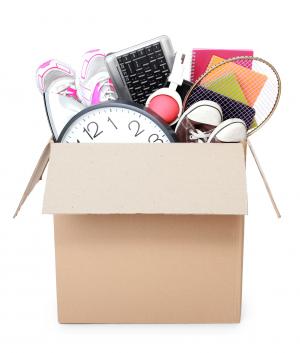
One persistent and ongoing issue that grievers deal with is letting go of a lifetime of accumulated possessions following the death of a family member. The thought of this can be another overwhelming element to grieving a loss.
I remember a story that one woman shared with me, many years ago. When she returned home from her husband’s funeral, she was shocked and horrified that two of her friends had systematically gone through her house and disposed of all of her husband’s clothing and personal possessions, in an effort to “make it easier for her.” She was devastated! While these friends had good intentions, they failed to take into account that she was not even close to wanting to say goodbye to these things. They thought that by eliminating these things from her sight, she would have an easier time moving forward. Instead, it only intensified her grief. She told me that when she walked into the house, it was as though he had never been there. The cleaning had been so thorough that she could no longer even smell him.
While friends might call this “stuff,” to the griever these may be items filled with memories. Many are far too special to ever consider selling or giving away. We fully understand that feeling and would never suggest any such thing! The reality, however, is that mixed in with those special items are other things that may have less importance. The big question is, how do you decide which is which?
For many people, just the thought of going through all of these things is more than they can handle. That is why we would like to offer you an approach to make this task less overwhelming.
The reason that I feel so confident in offering this suggestion is that I have not only seen many people use it successfully, following a death, but I also followed it myself, when I was breaking up my parent’s home. A year and a half after my father died, my mother’s doctor told us that my mother needed more care to deal with her Alzheimer’s than we could provide her at home. Even though we lived next door and maintained a full time assistant for her in her home, we were told she needed more skilled assistance and mental stimulation. Her doctor invited us to visit an Alzheimer’s unit that was ahead of its time in design and support and we reluctantly agreed to explore that option on a 30 day trial. Mom loved it there and eventually was convinced that she owned the place and had invited all of her friends to live there with her! Her “apartment” was decorated with her own furniture, paintings and knick-knacks and felt like home.
The task after that was to deal with the lifetime of things that my parents had accumulated. This was a very emotional challenge! In truth, I was grieving. It was a home filled with not only their lifetime of memories, but mine as well. Rather than taking an “all or nothing approach,” I employed a technique I had learned from Chapter 13 in “The Grief Recovery Handbook,” called the “The Pile Plan.”
This is not something that you should do alone! It always works best when you have a family member or friend assist you. Many of those things will have personal stories attached to them that you will want to share. In truth, these are stories that you "need” to share as part of the grieving process. It is about letting out those feelings that you have stuffed deep down inside. It is about sharing the special memories you have with someone else, rather than isolating and doing this alone.
The concept of the Pile Plan is fairly simple. You pick a place to start. You can begin with a single drawer in a dresser. Open that drawer and start sorting its contents into three piles: the one with items you know you want to keep; the second with those items you know in your heart you are ready to let go; and, what is often the bigger pile, those items about which you are unsure. Now you can take those things you know you want to save and put them back in the drawer or some place you can enjoy seeing them to remind you of the fond memories they bring to mind. You can let go of those things to which you are not attached. And, you can set aside those things about which you have made no decision, and when you are ready, take them out and sort them into three piles. You will keep doing this until everything in that drawer has been divided into those things you want to keep and those things you can discard. Then, once again with the help of a friend or family member, tackle the next drawer or closet.
This is obviously not a quick solution, but it is one that will ensure that you do not let go of things with later regrets. Do not be surprised if you find yourself getting emotional as you do this. That is a very normal reaction to going through these personal possessions. Rather than keeping that emotion bottled up insider, express it! That is why it is never suggested that you try this process alone. At least at the beginning. You may find that you will feel like doing more sorting with each further attempt at following this process.
Do not be surprised if you choose to keep one or two items of clothing that still “smell” like the person you lost. Some people find this comforting. You may, or may not, choose to let go of these items later. My personal experience in using this method for dealing with my parent’s house was that it took about a month to do this, working at it a little each day, as I was emotionally ready to do the work. By the time we had, what I refer to as the “dreaded garage sale,” there was nothing that we were offering to which I had any emotional attachment. What was left after the sorting process was just “stuff,” and held no meaning for me related to my parents or my lifetime with them.
In a sense, I found this to be an added gift to all of the other things that I learned from using “The Grief Recovery Handbook” to deal with the emotional pain of loss in my life. It not only helped me to do the necessary work to be in a better place after dealing with deaths and even the smallest of issues in ongoing relationships, but it also helped me to better deal with the emotional pain of letting go of the material things related to those relationships as well. Those many things that I have saved to remind me of those relationships are now out where I can enjoy them, and those things that had no meaning have now been discarded, just as I have let go of the sadness and sometimes painful memories I once carried!
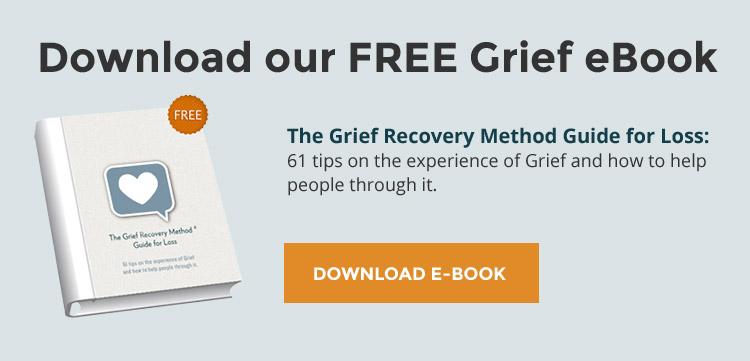













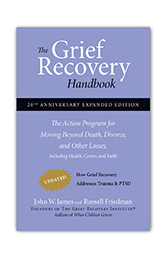
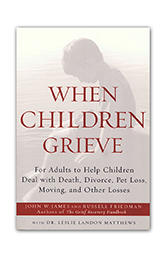
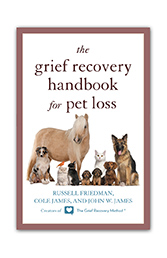
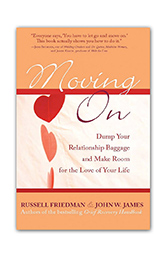
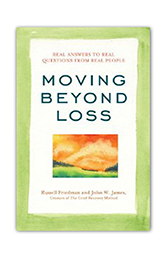
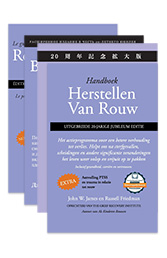




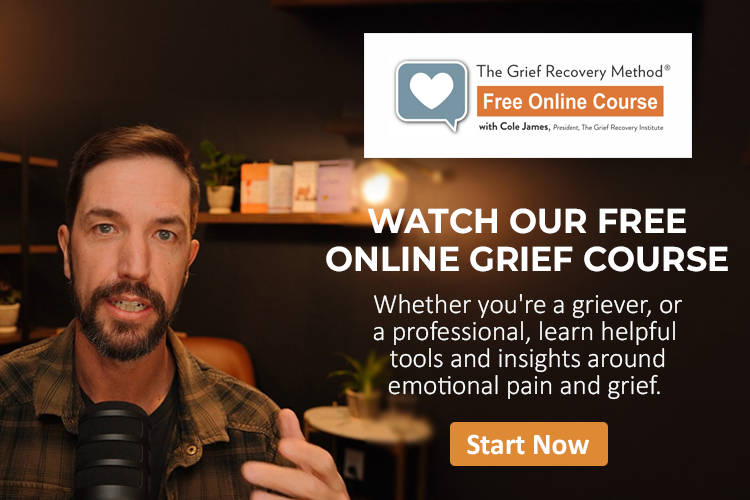

Comments
Dawn Pierro
stephen moeller, grief recovery specialist
Add new comment